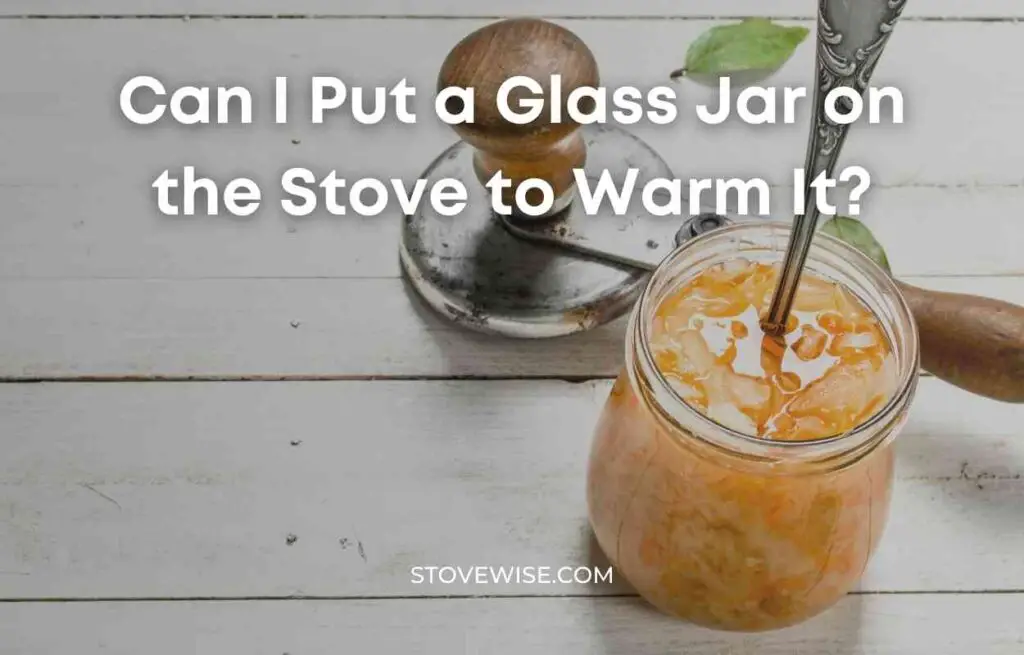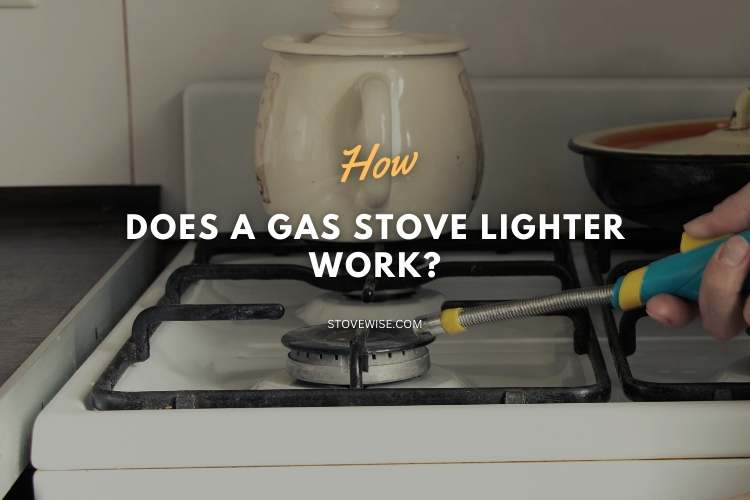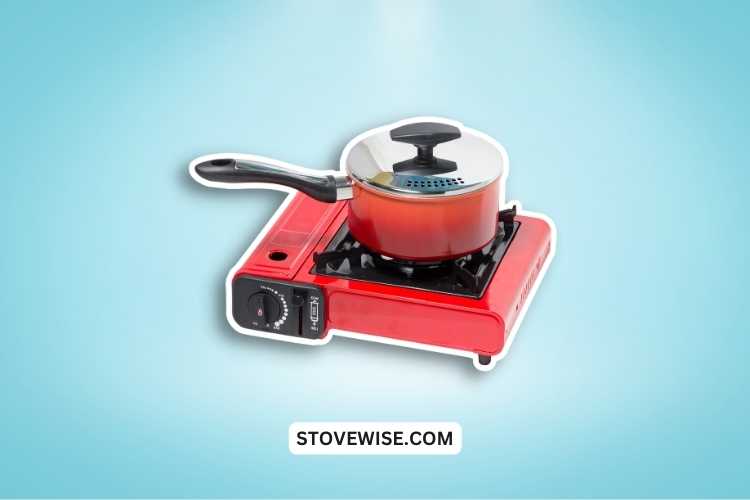Can I Put a Glass Jar on the Stove to Warm It?
In this article, I’ll explore the pros and cons of putting a glass jar on the stove to warm it up, and I’ll provide some tips for doing it safely.
If you’ve ever wondered whether you can put a glass jar on the stove to warm it up, you’re not alone. But, can I put a glass jar on the stove to warm it?
Placing a glass jar directly on the stove to warm it is not recommended. Glass jars are not designed to withstand the heat of a stove, and they can shatter. To warm a glass jar safely, it is best to use a water bath method, gradually heating it in simmering water.

Contents
Can I Put a Glass Jar on the Stove to Warm It?
If you put a glass jar on the heat to warm it up, it might break, boil over, or change shape. Glass jars aren’t made to handle direct heat, and if they break, they could hurt someone.
The heat causes the glass to expand unevenly, leading to fractures and potentially dangerous shards. If the jar has liquid inside, it may boil over and create a messy situation. The boiling liquid can also cause burns and scalds.
Additionally, the heat can deform the glass jar, making it weaker and more likely to break. To warm a glass jar safely, use a water bath instead.
Simply put the jar in simmering water, which will gradually and evenly warm the contents without the risks associated with direct stove heat.
Why Warm a Glass Jar on the Stove?
There are many reasons why you might want to warm a glass jar on the stove. For example, you might want to:
- Melt some butter or chocolate for a recipe
- Soften some honey that has crystallized
- Warm up some soup or sauce that has been stored in the fridge
- Sterilize a jar before canning
Whatever your reason for warming a glass jar on the stove, it’s important to do it safely to avoid injury or damage to your cookware.
What Kind of Glass Can I Use on the Stove?
When using glass on a stove, it’s important to use glassware that is specifically designed for stovetop use. Not all glass can withstand the high heat produced by stovetops.
Glass pots and cookware made for stovetop use are usually thicker and heavier, specially made to handle the heat without breaking. They undergo specific manufacturing processes to ensure durability and resistance to thermal stress.
However, it’s important to avoid exposing hot glassware to sudden temperature changes, like pouring cold water on it immediately after use. This can cause thermal shock and potentially lead to cracks or breakage.
To stay safe, always follow the manufacturer’s instructions and guidelines for the specific glassware intended for stovetop use.
Can You Heat Glass on a Gas Stove?
Heating glass directly on a gas stove is not recommended. Glass is generally not designed to withstand the intense heat produced by gas stoves.
The rapid and uneven heating can cause the glass to shatter or crack due to thermal stress. Additionally, direct flame contact may result in uneven heating, which further increases the risk of breakage.
To safely heat the glass, it is advisable to use glassware specifically designed for stovetop use or employ alternative methods such as a water bath.
Following the manufacturer’s guidelines and instructions for the appropriate use of glassware is essential to ensure safety and prevent any potential hazards.
Tips for Warming a Glass Jar on the Stove
If you decide to warm a glass jar on the stove, here are some tips to help you do it safely:
1. Choose the Right Type of Glass
Not all types of glass are safe for stovetop use. For example, tempered glass, which is commonly used in cookware and bakeware, is designed to withstand high temperatures and is safe for stovetop use.
However, regular soda-lime glass, which is used in most jars and bottles, is not designed to withstand high temperatures and can shatter if exposed to sudden changes in temperature.
To be safe, it’s best to use jars that are specifically designed for stovetop use, such as canning jars or Mason jars. These jars are made from tempered glass and are designed to withstand high temperatures.
2. Use a Pot Holder or Towel
When handling a glass jar that has been heated on the stove, it’s important to use a pot holder or towel to protect your hands from the heat.
Glass can retain heat for a long time, so even if the jar doesn’t feel hot to the touch, it could still burn your hands.
3. Heat the Jar Gradually
To avoid the risk of glass shattering, it’s important to heat the jar gradually. Start by placing the jar in a pot of cold water, and then place the pot on the stove.
Turn the heat to low and gradually increase the temperature until the water is simmering. This will help to warm the jar slowly and evenly, reducing the risk of the glass shattering.
4. Avoid Direct Contact with the Stove
To avoid scratching or damaging the surface of your stove, it’s important to avoid direct contact between the glass jar and the stove. You can do this by placing a trivet or a layer of aluminum foil between the jar and the stove.
5. Don’t Overheat the Jar
To avoid the risk of glass shattering, it’s important not to overheat the jar. Once the jar is warm enough for your needs, remove it from the stove and let it cool down before handling it.
Conclusion
To sum up, warming food or drink in a glass jar on the stove can be a quick and easy way to get it to the right temperature. But it’s important to take some safety measures to keep yourself and your tools safe.
You can safely warm a glass jar on the stove if you use the right kind of glass, a pot holder or a towel, heat the jar slowly, don’t let it touch the fire, and don’t heat it too much.






